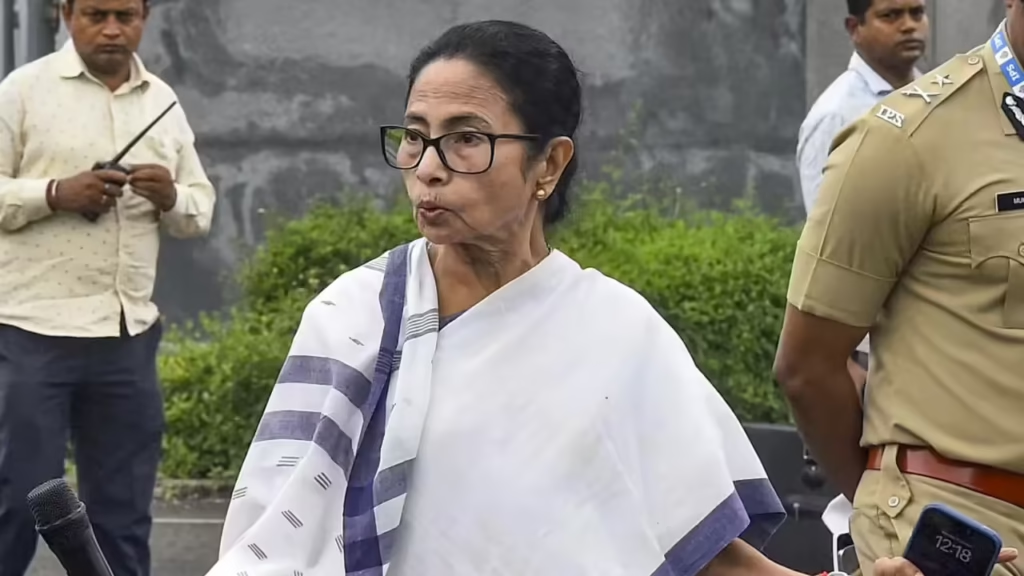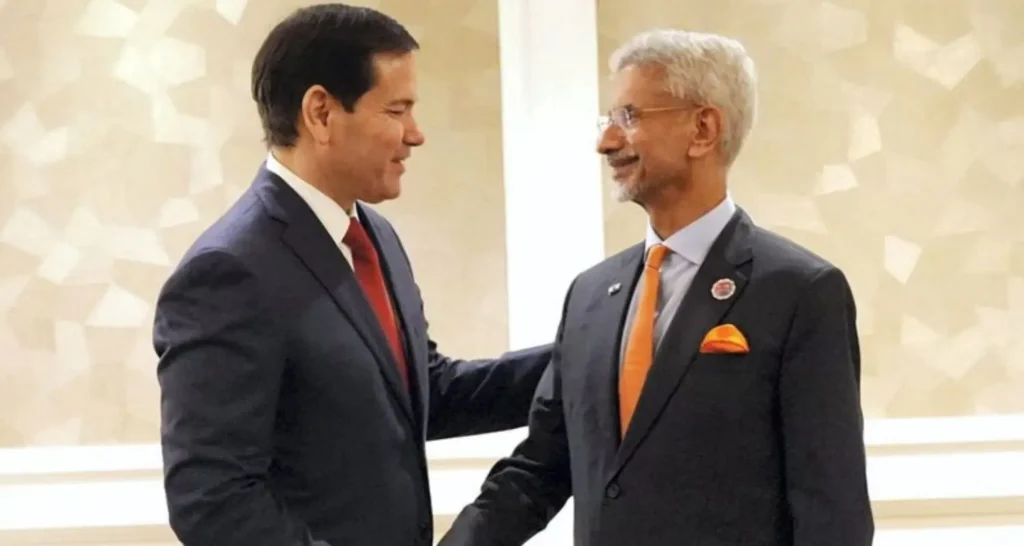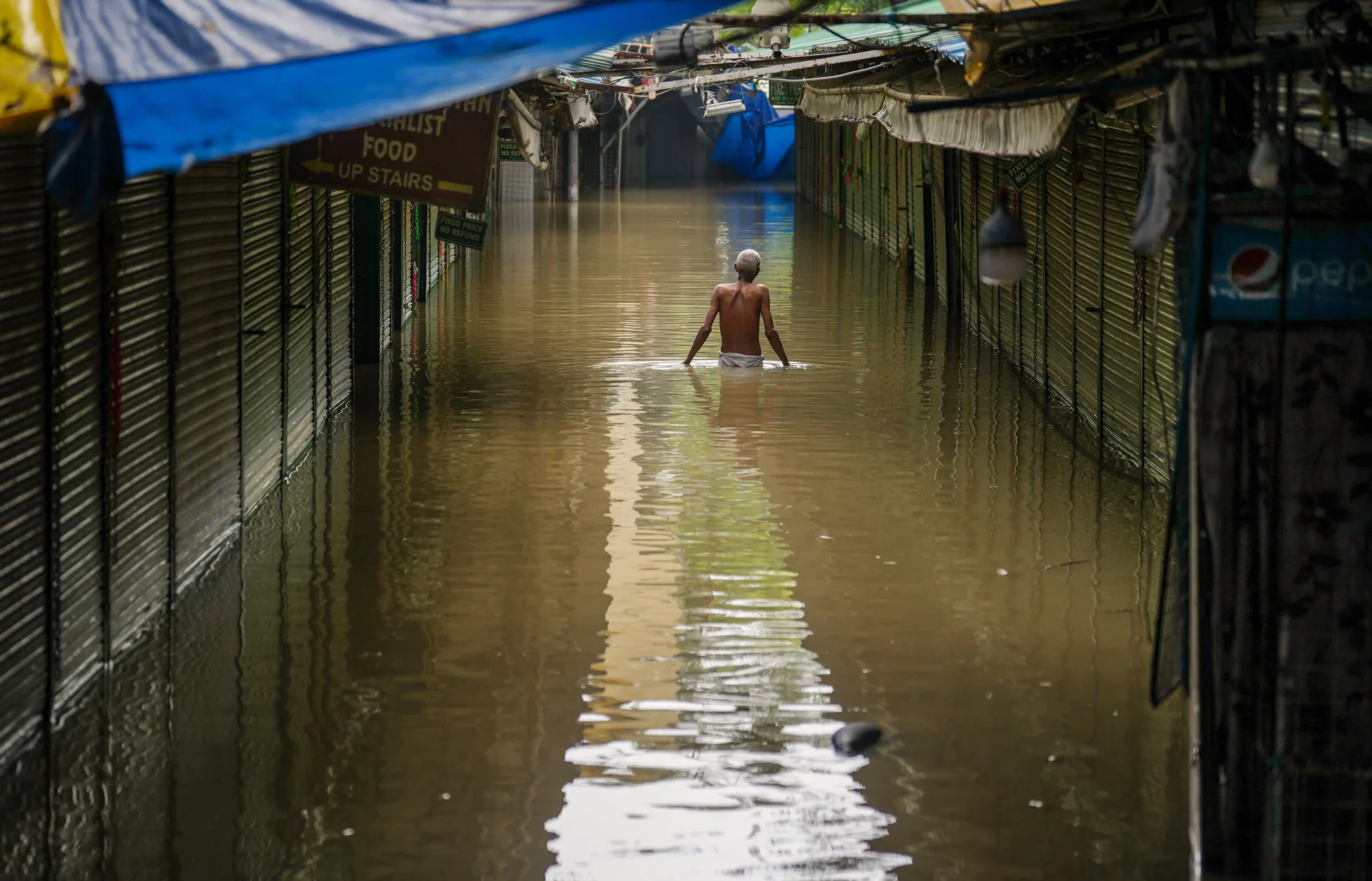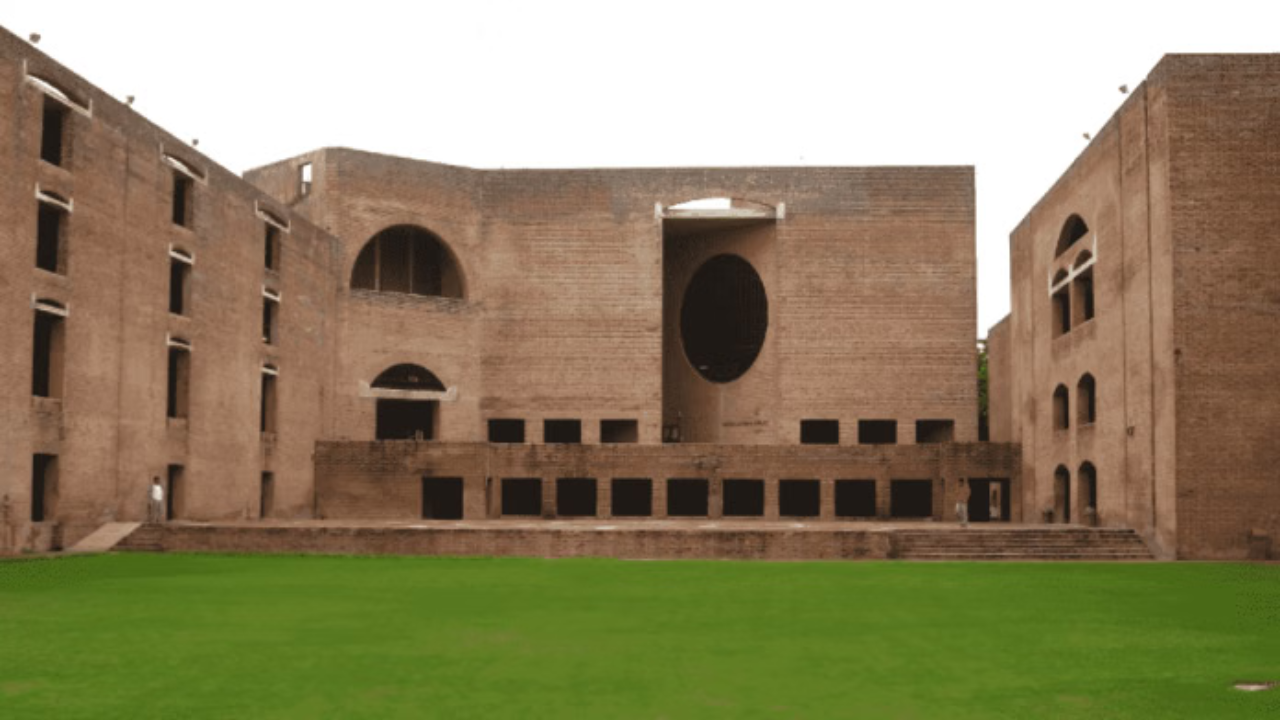Now Reading: PM Modi to Visit Flood-Hit States, Review Relief and Recovery Efforts
-
01
PM Modi to Visit Flood-Hit States, Review Relief and Recovery Efforts
PM Modi to Visit Flood-Hit States, Review Relief and Recovery Efforts
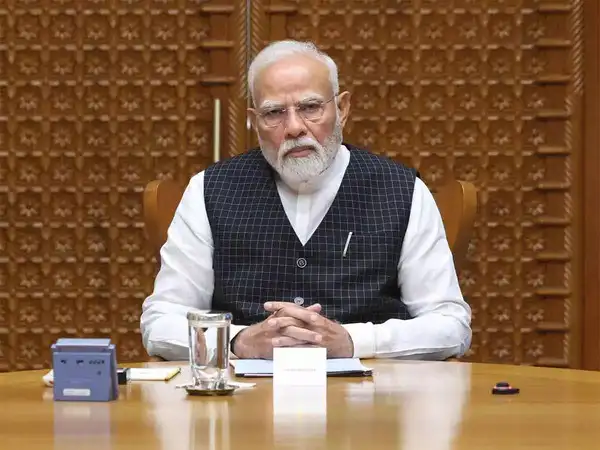
Prime Minister Narendra Modi is set to visit flood-affected states to personally assess the situation and review ongoing relief operations. Heavy rains over the past weeks have caused severe flooding across multiple regions, displacing thousands of families, damaging infrastructure, and disrupting essential services. The Prime Minister’s visit is expected to focus on both immediate relief needs and long-term measures to strengthen disaster preparedness.
Several states have reported extensive damage to crops, roads, and housing, leaving local administrations stretched thin. Relief camps have been set up to shelter those forced out of their homes, while medical teams have been deployed to prevent outbreaks of waterborne diseases. Despite these efforts, many residents continue to struggle with food shortages, loss of livelihood, and uncertainty about rehabilitation.
The Prime Minister’s review will include discussions with state governments, disaster management authorities, and local officials to ensure coordinated action. Key priorities are likely to include restoration of connectivity, distribution of relief material, and financial support for affected families. The central government is also expected to announce additional funds to speed up recovery efforts.
For Tier 2 cities and smaller towns, the floods have been particularly harsh. Inadequate drainage systems, unplanned urban expansion, and encroachment on water bodies have worsened the impact of heavy rains. Local businesses, especially in agriculture and small trade, have faced heavy losses, underlining the need for better resilience planning.
Experts stress that while immediate relief is critical, structural reforms are equally important. Strengthening embankments, creating effective flood warning systems, and ensuring sustainable urban planning could help minimize such disasters in the future. The Prime Minister’s visit may provide momentum to push these measures higher on the policy agenda.
As flood-hit families wait for normalcy to return, the focus now shifts to how relief measures are executed and how quickly life can be rebuilt. The Prime Minister’s visit signals both solidarity with affected citizens and a reminder that India’s approach to disaster management needs urgent, long-term strengthening









